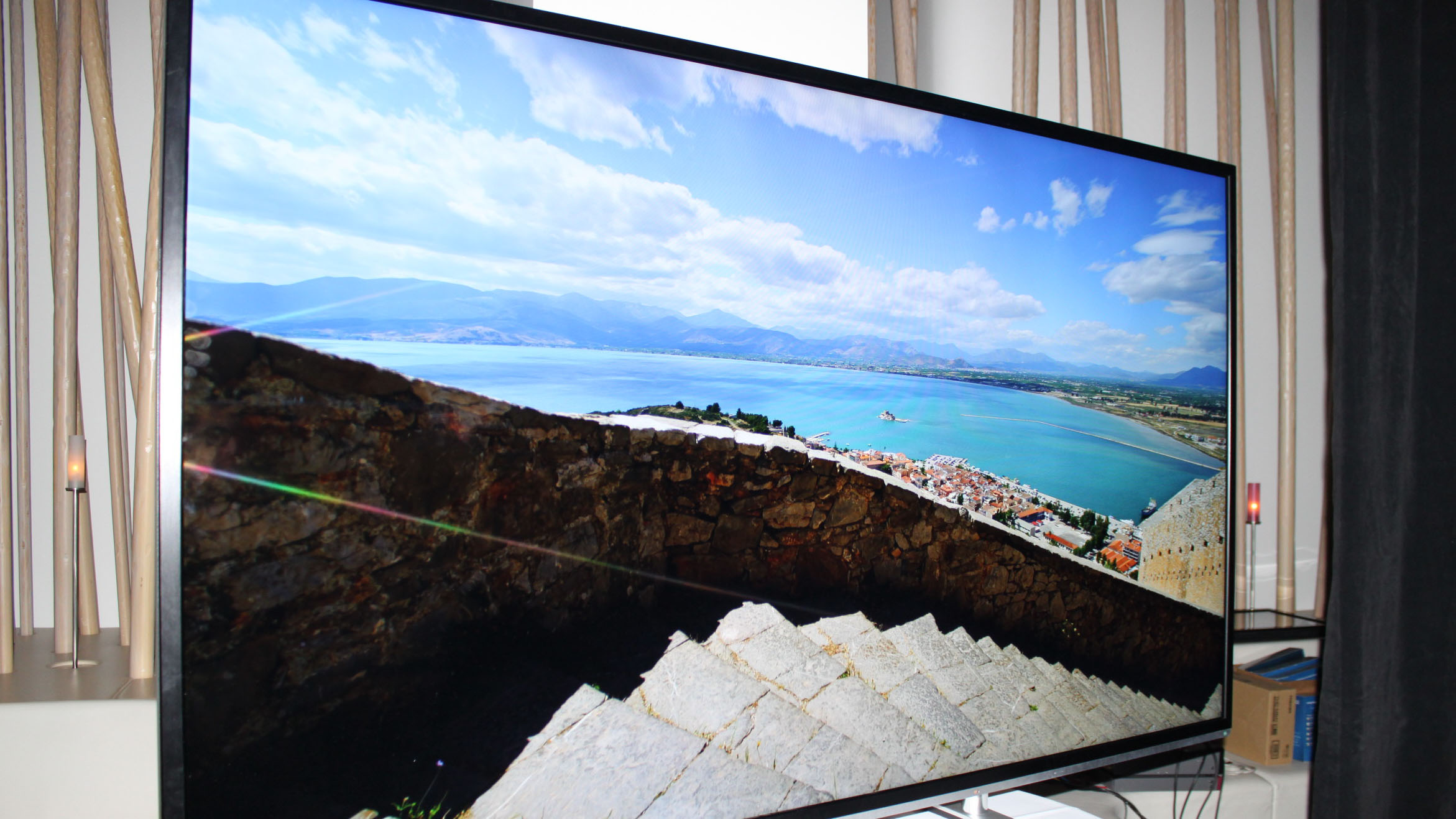Why you can trust TechRadar
Slap bang in the middle of Toshiba's sizable concession at CES 2013 is an exhibit that underlines just how hard TV companies are working to convince us all that their latest invention – Ultra HD – really is worth having.
Two versions of the 84-inch 84L9300 – Toshiba's second-generation Ultra HD TVs after last year's ZL2 glasses-free 3D product – are perched along the front of the stand, one showing upscaled Blu-ray discs, and one native Ultra HD.
How the 84L9300 deals with upscaling is critical given the lack of native Ultra HD footage, and it actually does a good job thanks to its CEVO 4K Quad picture engine, something that's fuelled by a dual core processor.
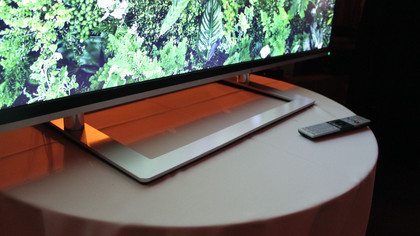
The upscaled film trailers from a Blu-ray disc that we were able to watch did look impressive and were notable for having well defined edges. A telltale sign of poor upscaling, it's the 84L9300's CQ Engine that's at work here as well as Resolution+, an upsacling tech that probably ranks as our favourite slab of TV processing tech around at the moment.

However, switch sides and the native 4k material – playing from a RedRay 4k cinema player, them of the Red 5k cameras used in Hollywood – looks very special indeed. Unveiled to TechRadar just before CES 2013 got underway in near-blackout conditions, the 84L9300 is initially remarkable for its brightness.
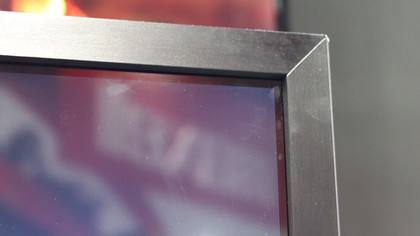
It may use LED-backlit LCD, the brightest panel tech of all, and which appears to be dominating the early years of Ultra HD, but all of those extra pixels enable the 4k panel to be exploited for intense detail and depth. This is in stark contrast to plasmas, which has until recently struggled to deliver enough brightness since the swap to Full HD resolutions.
The 84L9300 appears to thrive off its extra pixels – all eight million of them – and some footage of a car driving away into the horizon along a lonely desert highway really is window-like.
Sign up for breaking news, reviews, opinion, top tech deals, and more.
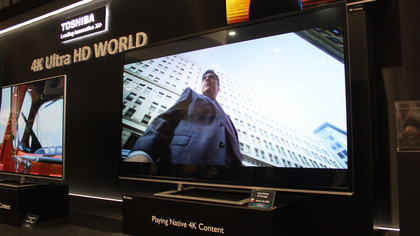
The 84L9300, along with its siblings in the L9300 Series, the almost conservatively-sized 58-inch 58L9300 and 65-inch 65L9300, also get Cloud TV. Toshiba has gone for a Zeitgeist-grabbing name, but this latest tweak to smart TV has little to do with remote servers.
Wireless P2P tech MiraCast, an Apple AirPlay-type of idea that creates a direct link between a TV and a phone or tablet, is here, but while Cloud TV does offer a cloud-based service for the uploading of photos for displaying on the TV, it's limited to 50 per customer.
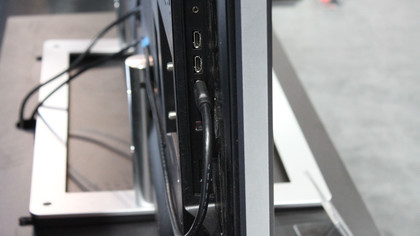
Nor is the calendar in Cloud TV got much to do with the cloud. It's specific to the TV, and it can't be synced with schedules on iCal, Google Calendar or any other you might already use.
A Toshiba spokesman informed us that plans are afoot to quickly expand Cloud TV by adding a second dedicated server to handle messages and video up to a total of 5GB, though no timetable has been confirmed. Files can't be monitored by Toshiba, so users will be free to upload absolutely any video they choose.
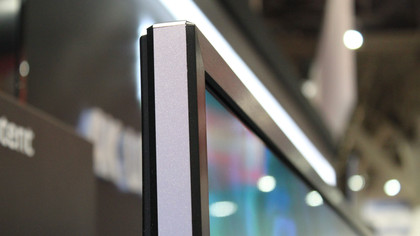
The EPG, however, is a big improvement. The web-generated MediaGuide supplied by Rovi (as opposed to EPGs sent over-the-air by broadcasters) was already the star of Toshiba's 2012 smart TVs. Here it gets a few more colours and an overall more nuanced look.

Jamie is a freelance tech, travel and space journalist based in the UK. He’s been writing regularly for Techradar since it was launched in 2008 and also writes regularly for Forbes, The Telegraph, the South China Morning Post, Sky & Telescope and the Sky At Night magazine as well as other Future titles T3, Digital Camera World, All About Space and Space.com. He also edits two of his own websites, TravGear.com and WhenIsTheNextEclipse.com that reflect his obsession with travel gear and solar eclipse travel. He is the author of A Stargazing Program For Beginners (Springer, 2015),
What is a hands on review?
Hands on reviews' are a journalist's first impressions of a piece of kit based on spending some time with it. It may be just a few moments, or a few hours. The important thing is we have been able to play with it ourselves and can give you some sense of what it's like to use, even if it's only an embryonic view. For more information, see TechRadar's Reviews Guarantee.
